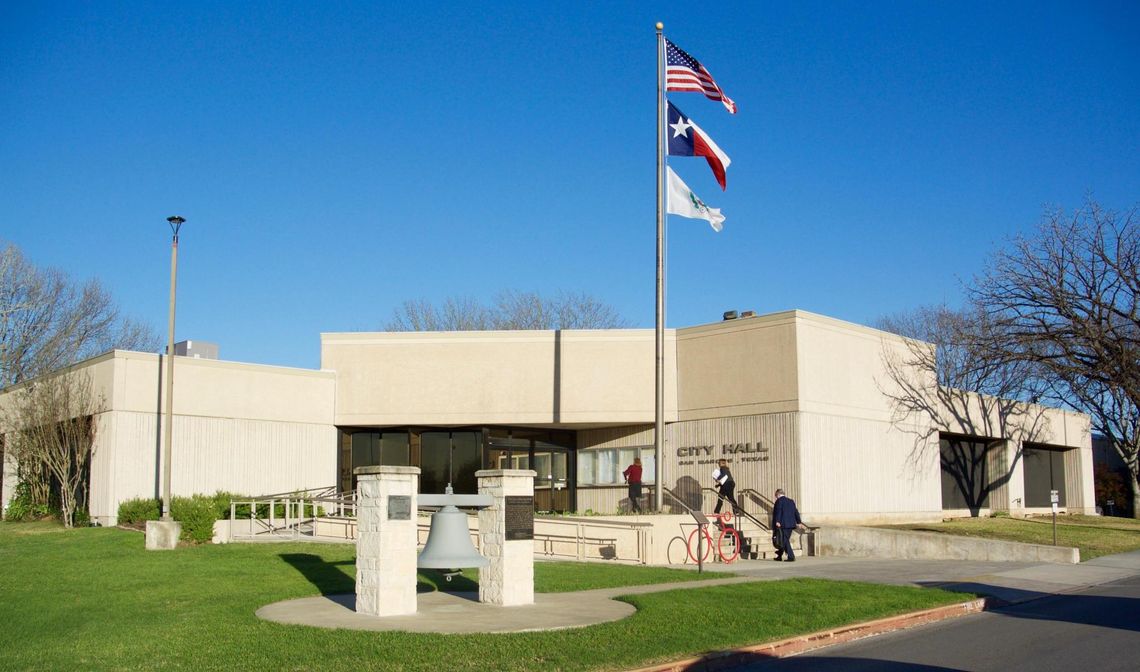The San Marcos City Council failed to reach a consensus on whether to renew its juvenile curfew ordinance.
Council's vote ended in a 3-3 stalemate on Tuesday, following a public hearing on the ordinance during its regular meeting.
There are two main goals associated with the juvenile curfew ordinance: reducing truancy and reducing violent crime, according to San Marcos Chief of Police Stan Standridge.
PLEASE LOG IN FOR PREMIUM CONTENT. Our website requires visitors to log in to view the best local news.
Not yet a subscriber? Subscribe today!








